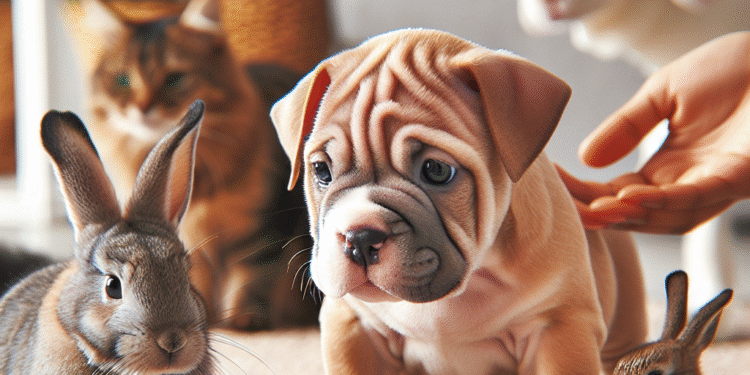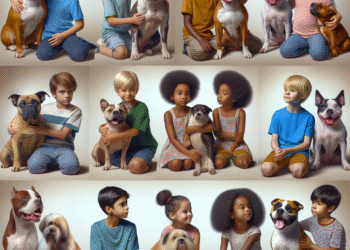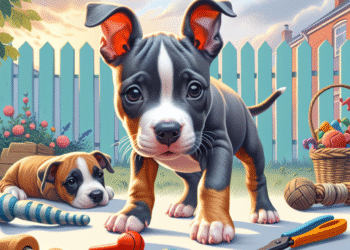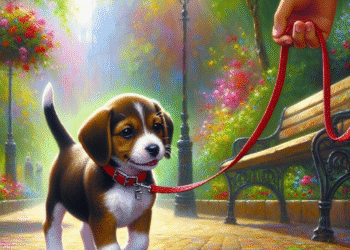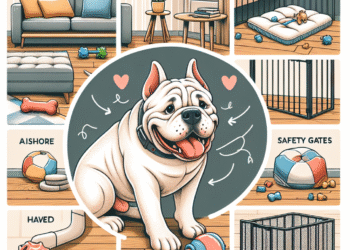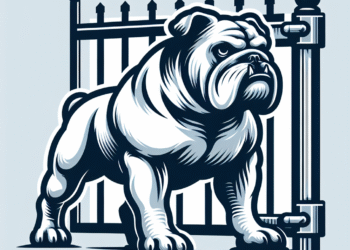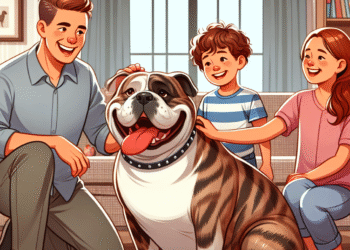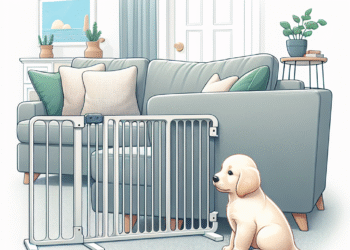Introducing a new puppy into a household that already has pets can be a thrilling yet challenging experience. For owners of bully breeds, known for their strong personalities and affectionate nature, understanding how to properly introduce your new furry friend to existing pets is essential. This guide explores effective strategies for ensuring a smooth introduction, creating a harmonious multi-pet household, and addressing any potential challenges.
Understanding Your Bully Breed Puppy
Bully breeds, including American Pit Bull Terriers, Bull Terriers, and French Bulldogs, are often characterized by their muscular build and friendly demeanor. However, they can also possess a stubborn streak and demand consistent training and socialization. Their inherent loyalty often translates into strong bonds with their humans and, when properly introduced, can extend to other pets as well.
Key Characteristics of Bully Breeds
- Affectionate Nature: These dogs are known for their loyalty and love for human companionship.
- Playfulness: Bully puppies are often energetic and playful, which can sometimes overwhelm more timid pets.
- Stubbornness: Training requires patience and consistency to promote good behavior.
Preparing for the Introduction
1. Create a Safe Space
Before introducing your bully puppy to other pets, set up a safe and neutral space. This area should ideally be free of distractions and familiar smells, helping both the new pup and existing pets feel secure. Consider using baby gates or leashes to prevent direct, overwhelming interactions during the initial meeting.
2. Ensure Healthy Introductions
Make sure that all pets are healthy, up-to-date on vaccinations, and free of parasites. This precaution ensures the safety of everyone involved and contributes to a smoother introduction.
3. Familiarize with Scent
Start by allowing your existing pets to become familiar with the new puppy’s scent. You can achieve this by rotating bedding or toys between pets, providing them time to adjust to each other’s unique smells.
The Introduction Process
1. Controlled Meetings
On the day of the introduction, keep the first encounters short and controlled. Use leashes, and maintain a calm demeanor to encourage positive associations. Allow the puppy to approach the existing pets gradually, following their cues. If any animal shows signs of distress (barking, growling, hiding), it may be necessary to slow down the process.
2. Positive Reinforcement
Throughout the introduction, use treats and praise to reinforce good behavior. If the bully puppy responds well to existing pets, reward them with treats. This association of positive outcomes can help build trust among the animals.
3. Monitor Body Language
Pay close attention to the body language of your pets. Signs of stress such as raised hackles, tucked tails, or excessive growling should not be ignored. If tensions escalate, separate the pets and try again later.
4. Gradual Integration
Once initial introductions go smoothly, gradually allow more freedom. Supervise interactions, but start to let them play loosely under watch. Each pet should have space to retreat if they feel overwhelmed.
Creating Harmony in the Household
1. Establish Routine
Dogs thrive on routine. Establish a schedule for feeding, playtime, and walks that accommodates all pets. This predictability reduces anxiety and helps each pet adjust to the new family dynamic.
2. Individual Attention
Make sure to give each pet individual attention to prevent jealousy. Spend quality time with both the bully puppy and existing pets to strengthen each bond.
3. Continued Socialization
Continue to expose your bully puppy to other animals and environments. Regular socialization helps them become well-adjusted adults, ensuring they interact positively with various pets and people.
4. Seek Professional Help if Needed
If integration proves challenging, consider seeking advice from a professional dog trainer or behaviorist. They can provide tailored strategies based on your specific situation.
Conclusion
Introducing your bully puppy to other pets can be a rewarding experience when approached thoughtfully. By providing a safe environment, monitoring interactions, and fostering a sense of community among your furry friends, you’ll be well on your way to a harmonious household. Remember, patience and understanding are key to creating a positive bonding experience for all pets involved. With time and care, your bully puppy can become a beloved member of your multi-pet family.


